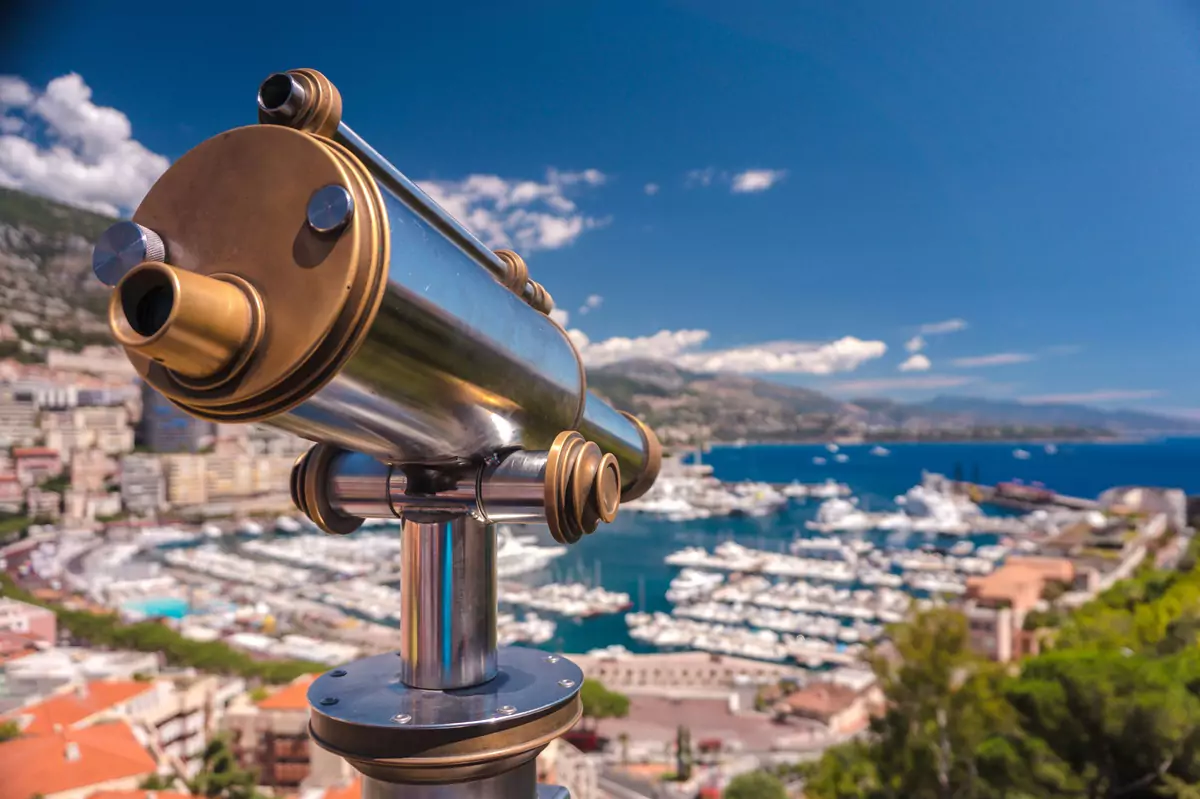With the release of the Monaco Government’s Plan Mobilité, which features a series of possible solutions to the Principality’s long-standing traffic issues, it has been announced that the Compagnie des Autobus de Monaco (CAM) will soon begin testing a new direct bus route from Fontvieille in the west to Larvotto in the east.
6.6 million passengers boarded CAM buses in 2023, a figure on par with pre-pandemic levels but less than the numbers recorded a decade ago.
“We need to work on modal shift, from the car to public transport or soft mobility,” Monaco’s Minister of Public Works, the Environment and Urban Development, Céline Caron-Dagioni, said, adding that people “need not always use their car to get from A to B.”
Her viewpoint on the situation is that if there are better connections and more convenient public transport options available, the general reliance of the population on cars and other light vehicles will decrease.
The proposed Fontvieille-Larvotto line is one such way that the government is seeking to improve the existing network.
“The bus can travel quickly, then suddenly get stuck in a traffic jam,” says Caron-Dagioni. “If it takes an hour to cross the Principality, that’s disappointing. [So] we’re going to test direct lines, the first linking Fontvieille to Larvotto along the seafront, with very few stops along the way.”
The journey is expected to take just 15 minutes and will run on weekdays between 7am and 7pm. It will be called the Ligne 6D and start at the Stade Louis II before taking a coastal route via Avenue Kennedy to Larvotto and heading back along the Rue Grimaldi on the return trip.
A start date for the trial line is yet to be announced.
CAM will also introduce a dozen new Mercedes-built electric buses to the network in the coming weeks to expand its already considerable electric-powered fleet and add to the Principality’s arsenal of more ecologically sound travel alternatives.
Join the Monaco Life community – sign up for the Monaco Life newsletter, and follow us on Threads, Facebook, Instagram, LinkedIn and Tik Tok.
Photo source: CAM, Facebook



